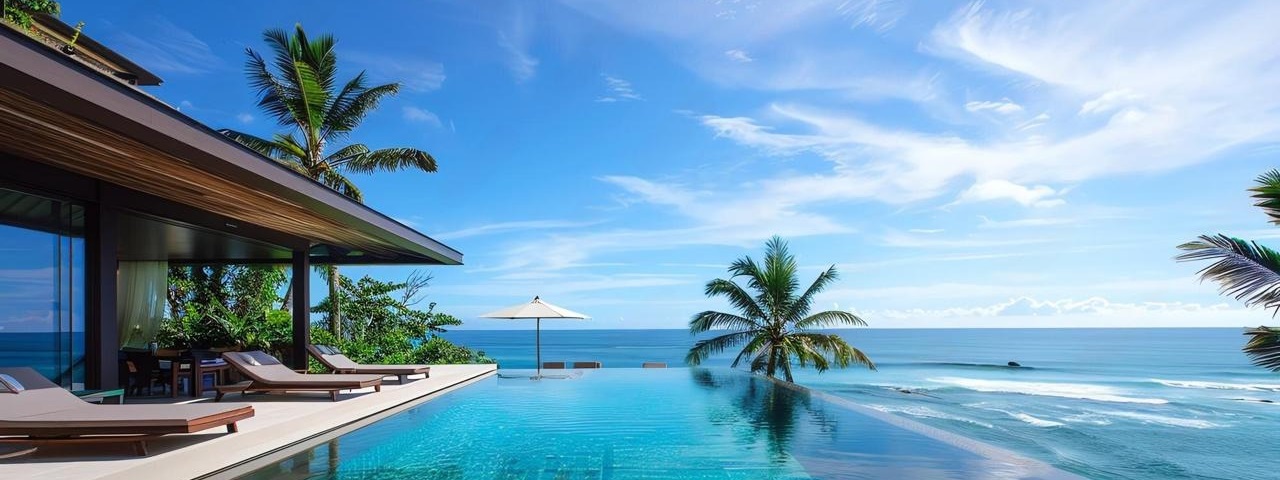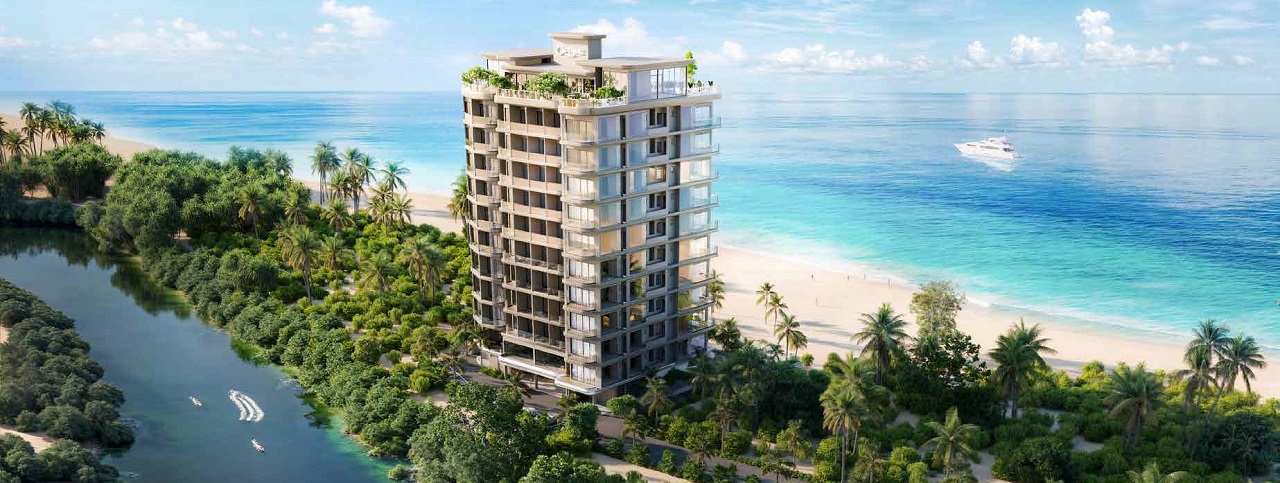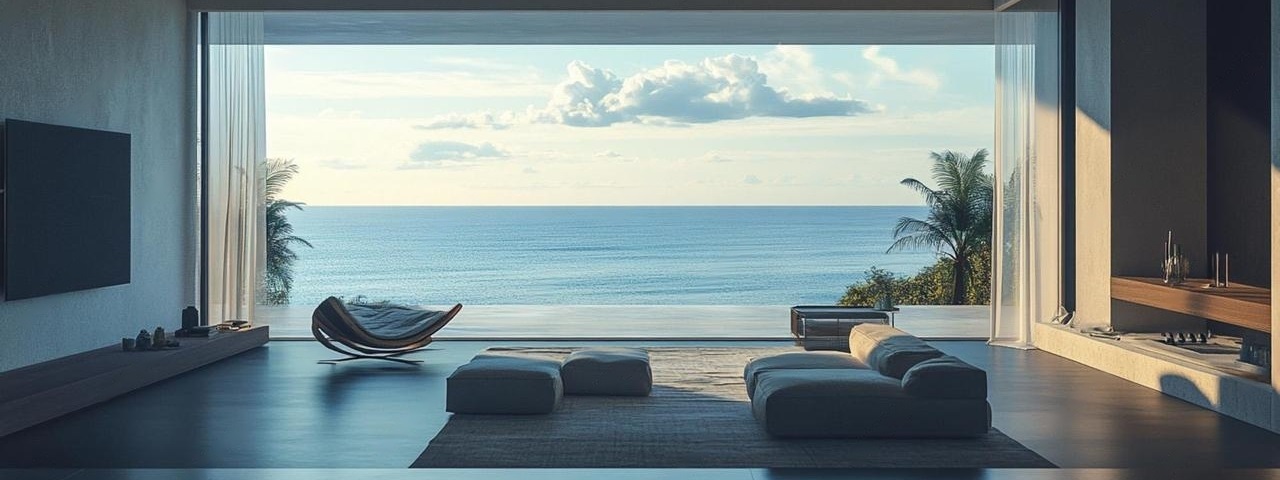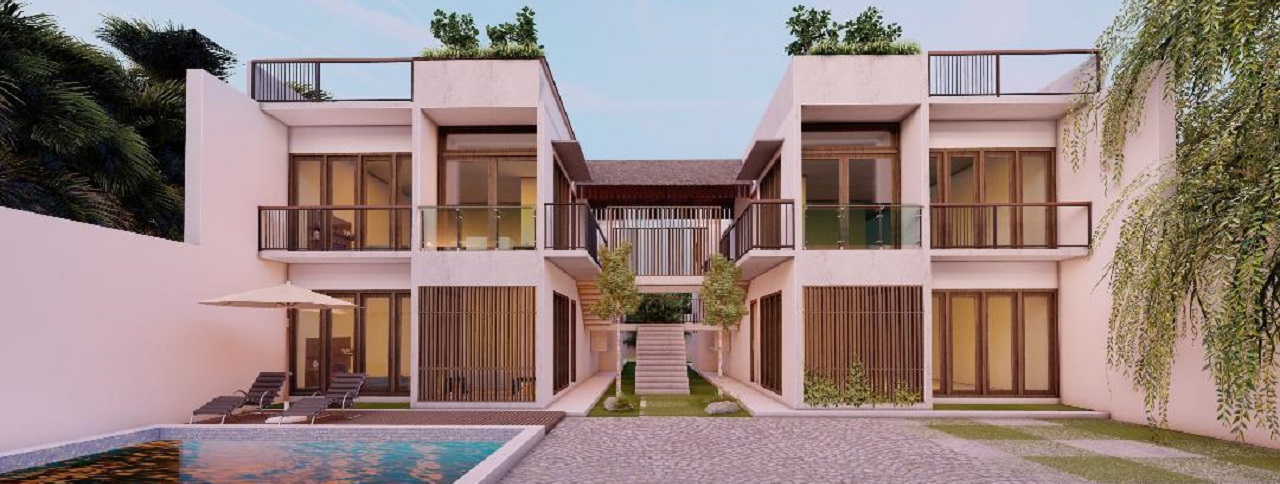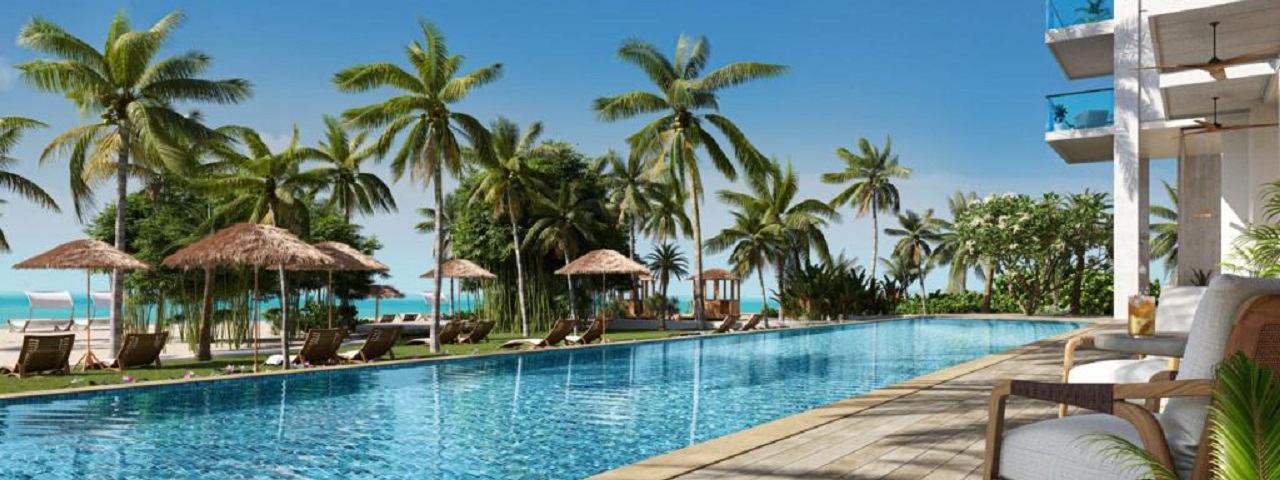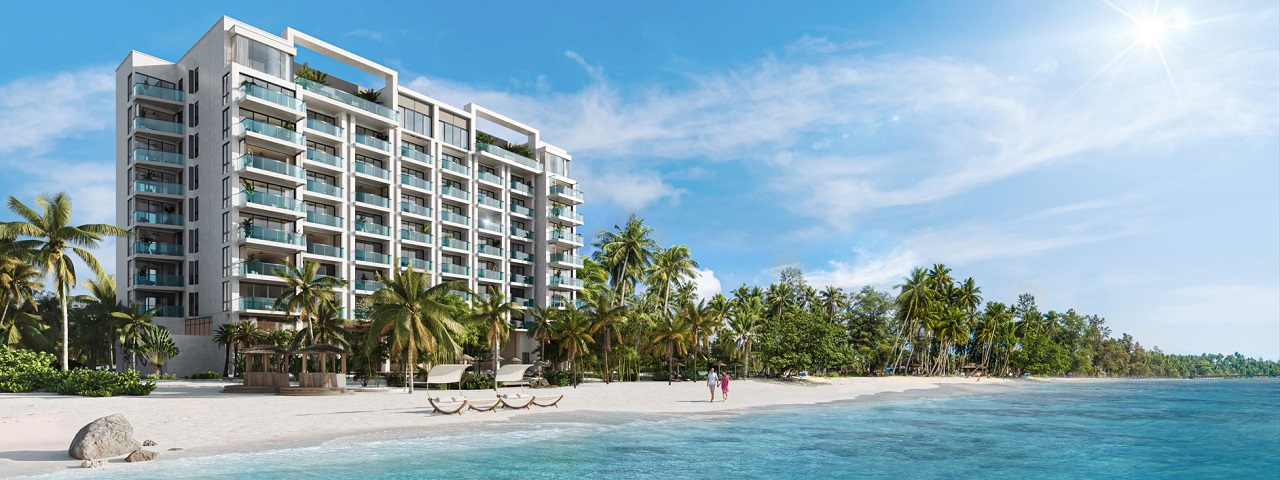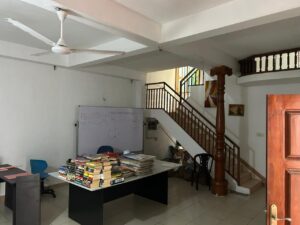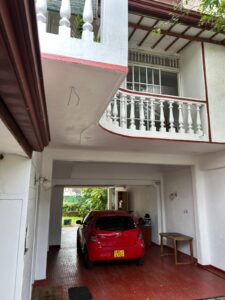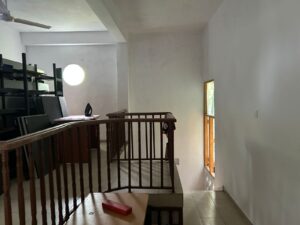Sri Lanka’s economy experienced a growth of 5% last year, according to official data released on Tuesday, surpassing expectations and indicating a robust recovery from the nation’s most severe financial crisis in many years.
The Census and Statistics Department reported that the economy expanded by 5.4% in the fourth quarter.
The International Monetary Fund projected that Sri Lanka’s economy would experience a growth rate of 4.5% in 2024.
In 2024, Sri Lanka’s agricultural sector saw an increase of 8.3% compared to the previous year, while industrial production surged by 25.5%, and the services sector grew by an impressive 57.5%.
Faced with a significant shortage of dollars, the economy experienced a dramatic decline in 2022, contracting by 7.3% as it struggled with rampant inflation, a sharply depreciated currency, and an unprecedented default on foreign debt.
In 2023, the economy further contracted by 2.3%.
However, it experienced a more robust recovery than anticipated last year, as the initiatives introduced through a $2.9 billion four-year bailout from the IMF, obtained in March 2023, began to yield positive results.
“Growth is significantly higher than any forecasts,” Raynal Wickremeratne, co-head of research at Softlogic Stockbrokers, said, adding Sri Lanka’s recovery has been swifter than expected.
“We hope tax collection and other measures remain steady… but government projections of 5% (growth) will be harder to reach this year, but not outside of the realm of possibility,” Wickremeratne said.
The island nation also completed a $25 billion debt rework with bondholders and bilateral creditors including Japan, India and China, last December.
Sri Lanka has posted a remarkable recovery from the crisis, the IMF said earlier this month, while approving the fourth tranche of $334 million under the programme.
The International Monetary Fund (IMF) announced earlier this month that Sri Lanka has made significant progress in recovering from the crisis, as it approved the fourth installment of $334 million under the program.

